Introduction
Time for another micro TV presentation! Broksonic Model No: CIRT-2097T, from 1982.
General presentation
Found at a flea market, it came with a make shift wall-wart (preset to 9V, positive on the exterior) and without any other accessories. New, the model would have been sold with a strap as well as a detachable hood with magnifying lens to be slid over the screen. This one one did not come with them. It is regretful not to have all the accessories, the original box, a never opened item (etc!), on the other hand, I never had it when I was a kid … so something would always be missing.
However, since I like the mini CRTs/TVs and the ingenuity behind them – I said why not ?
I took it out of its protective housing for a closer look.
The TV looks clean, with no big damages. I found the leftover of a former antenna cable still attached to one of the screws and is nice that the battery door is still intact (most of the old radios that I find at flea markets have broken battery doors).
The CRT seems to be approximately 43mm wide and 34mm height which, giving it a bit more that 5cm diameter.
There is also a nice kick stand making easier to watch the TV – it was not too rusty.
Cosmetic repairs
There was some dust accumulated on the loudspeaker grill, which I cleaned with a bit of a paint brush and a vacuum cleaner nearby, and the dirt spots I cleaned using a toothpick wet in a cleaning solution:
Another problem was that the Radio Tuning button was very flimsy and didn’t have the rigidity of the TV Tuning button. By this time I have already tried the device and everything worked properly, so I wasn’t too keen in opening it up, but the Radio Tuning button was not OK. It looked easy to try to take the front panel out, which I did:
This explained both why the Radio Tuning knob felt flimsy, and made me realize that the Radio/TV was already opened before. The goop of glue looked like an attempted fix. It explains why the round knobs had some scratch marks, as they were very hard to take out. Thus, somebody already had to ‘grab’ them with some pliers to pull them out. Removing the knobs was also a challenge for me, I had to wrap the buttons in paper to avoid more damage to them before I tried to pull them out, but unfortunately, I did do a bit more damage too.
I decided to use a toothpick dipped a bit into Super Glue – to avoid having a to large glue drop to fall somewhere where I did not want.
An additional challenge was also how to push the knob back onto the shaft without braking the bond. I used some sewing machine oil applied on the inside of the knob as well as using the good TV Tuning shaft to try to work out the knob until it could easily slide onto its own shaft. It worked. The button now has the same ‘deflection’ as the working ‘TV Tuning’ button:
Other photos / damages
While looking at the operating manual that I found on http://www.taschenfernseher.de/doku/doku-broksoniccirt2097t.pdf, I realized that original antenna had a ‘cylindrical’ tip, while the one the radio came with has a conic tip:

Even if sellers always insist that their item is very rare – I still found many announcements with the same model being up for sale and I checked that antennas do have a metallic cylindrical tip (as the manual seems to be for model ‘T’ of the TV and mine has no ‘T’ in its name). This explains also why on mine the antenna doesn’t sit ‘flush’ with the radio, it feels that is wider than the channel in which is supposed to sit into.
Thus, this TV/Radio was probably dropped, ‘Radio Tuning’ button and the antenna broke, somebody replaced the antenna and tried to glue the plastic to fix the knob. Another proof is a crack on the case, to the left of the button:

More inspection revealed that there is some battery corrosion that somebody tried to clean with sand paper (pad itself looks very scratched) but the person gave up quickly and did not clean the more hard to reach spot behind the plastic lip):
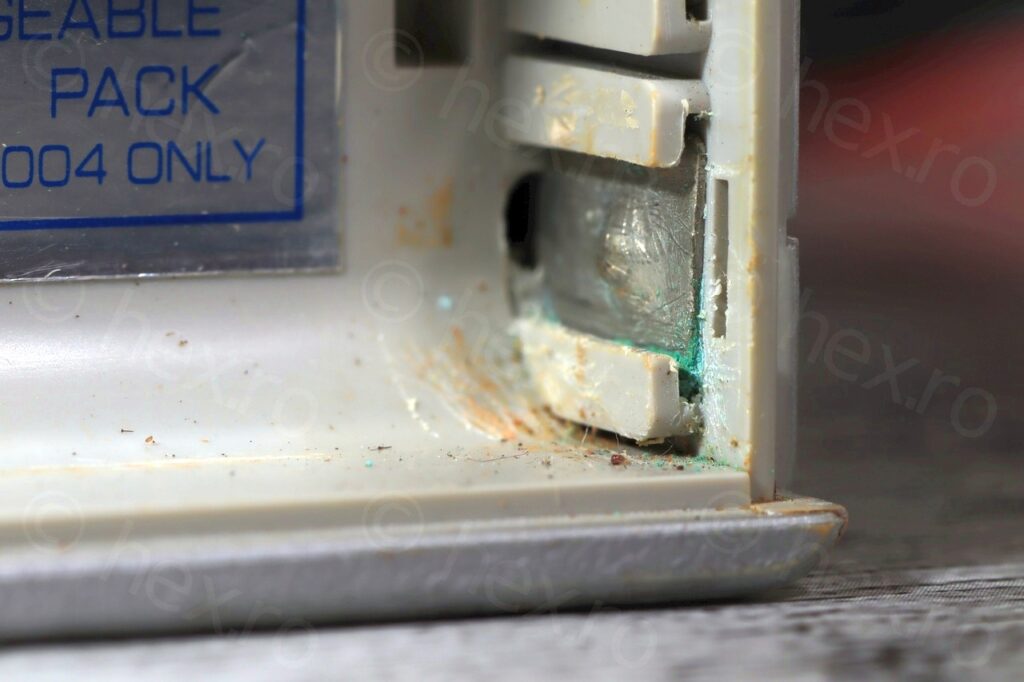
The case looks like vinyl however, I still applied some leather grease to give it a bit of shine, and applied tiny amounts of oil under the metallic clips to give it a bit more moisture as the carton looked rather dry underneath.
The Radio works fine, and the TV too. I had troubles getting the sound to play properly (using the Digital Full Band Modulator M69) until I set the modulator’s ‘A/V carrier rate’ to 12db (instead of the default 16db). The sound was not ‘clean’ on the spot of the best reception, and tuning the TV to the left or right a bit got the sound to work, but the image seemed off a bit.
Of course, a little nostalgia trip:
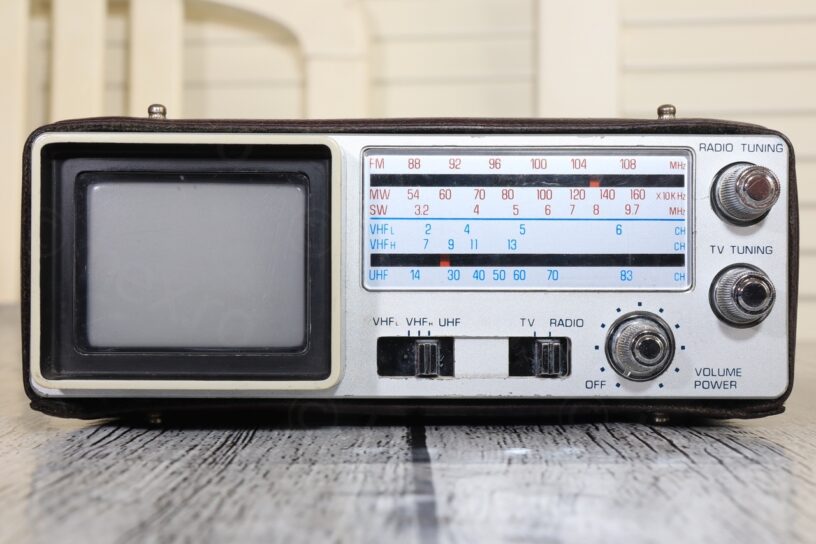

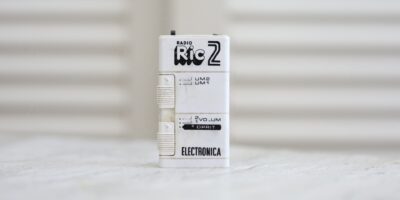



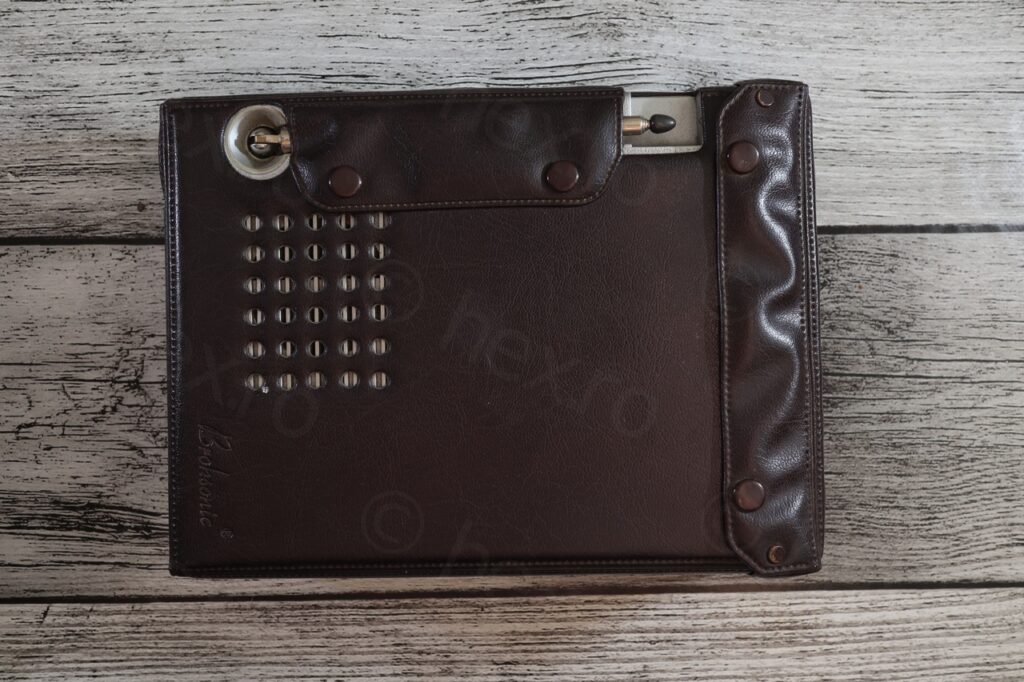
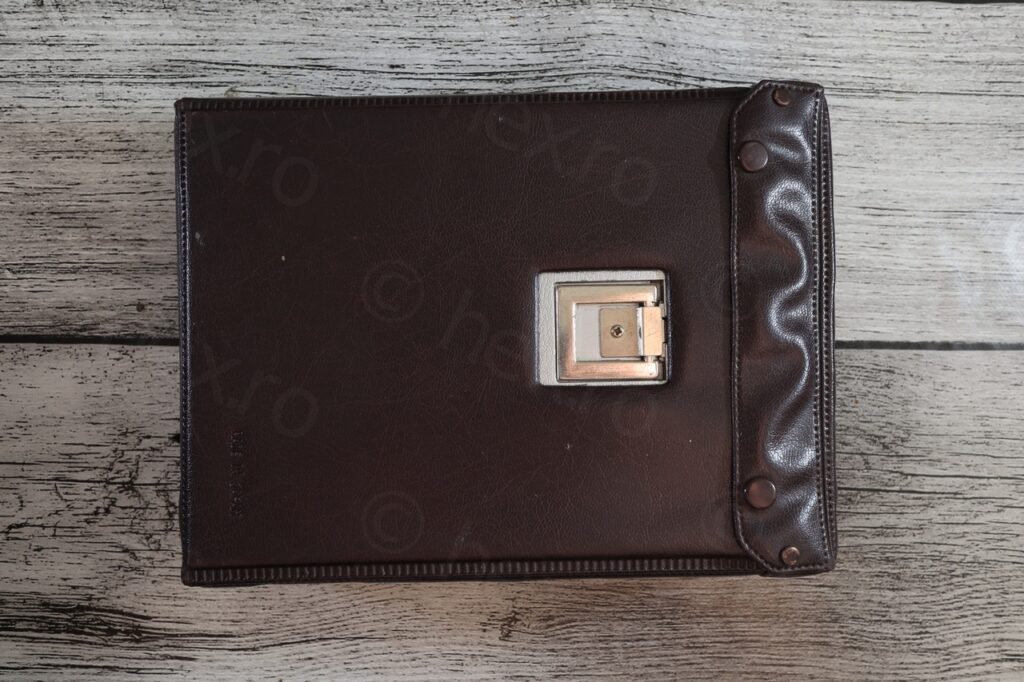
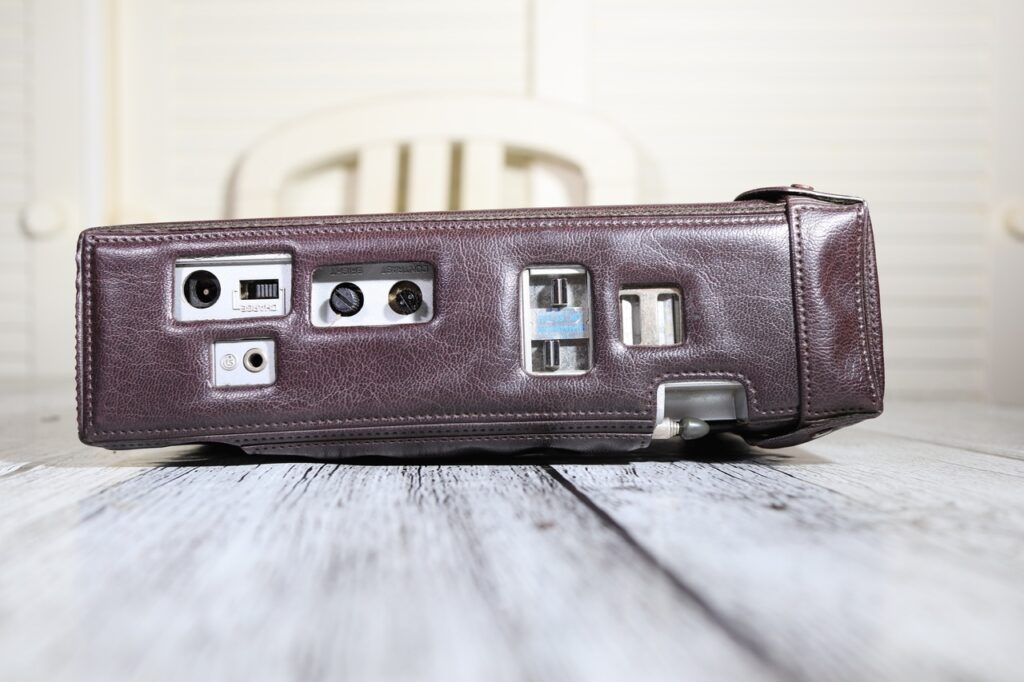
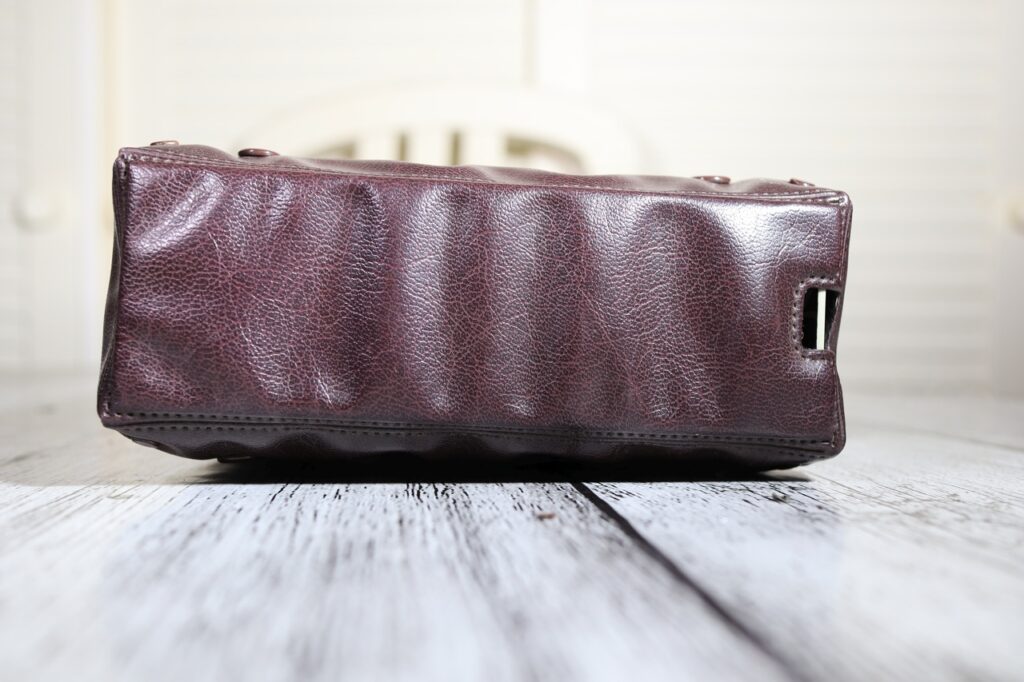
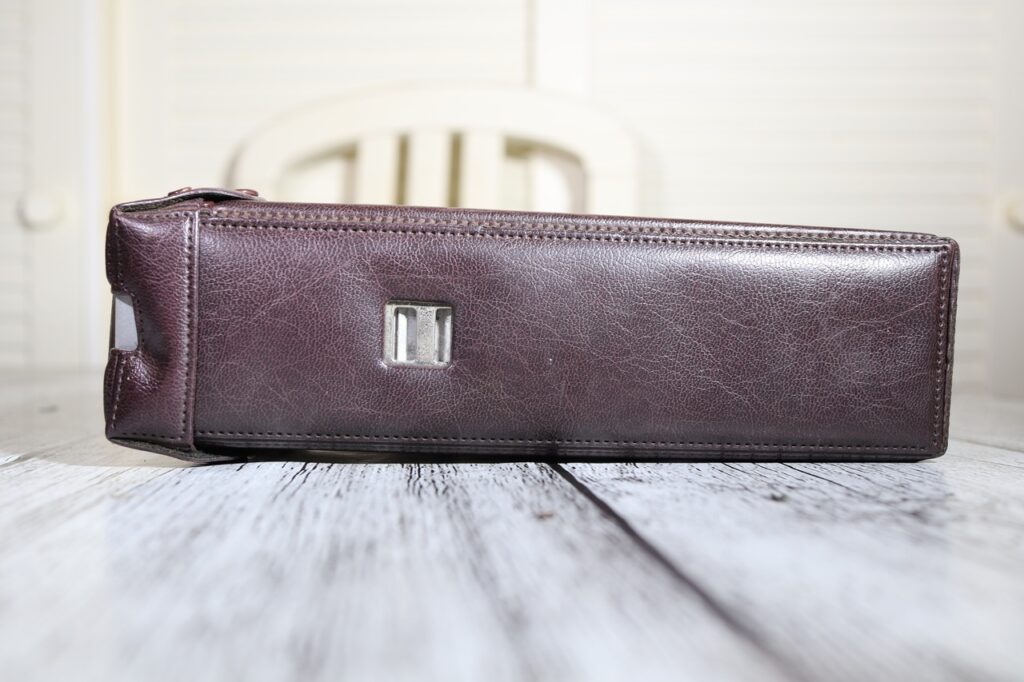
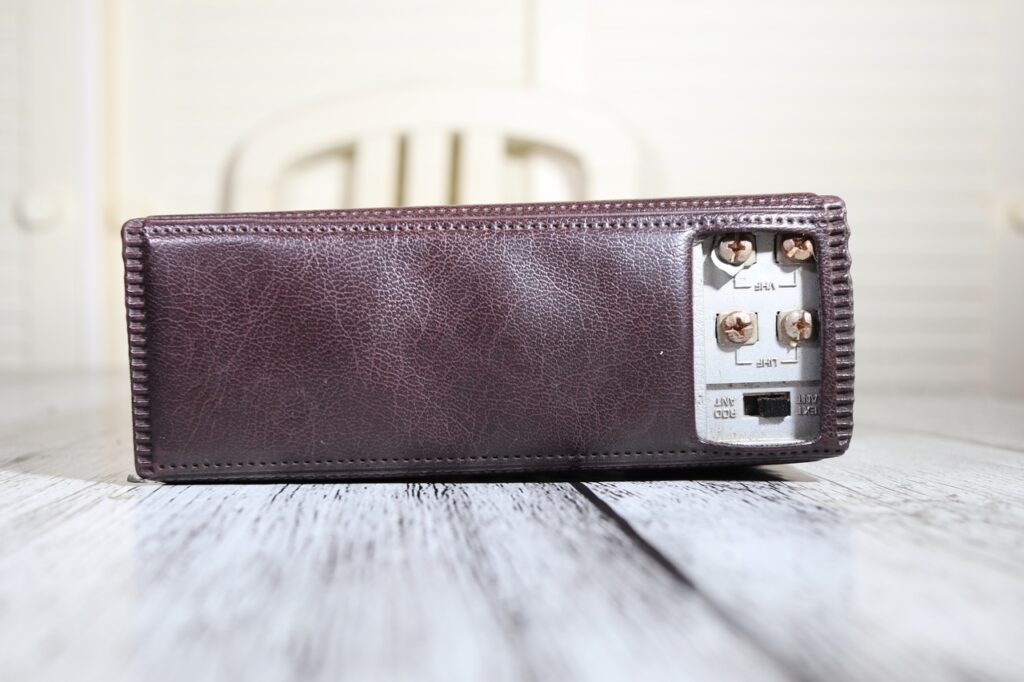
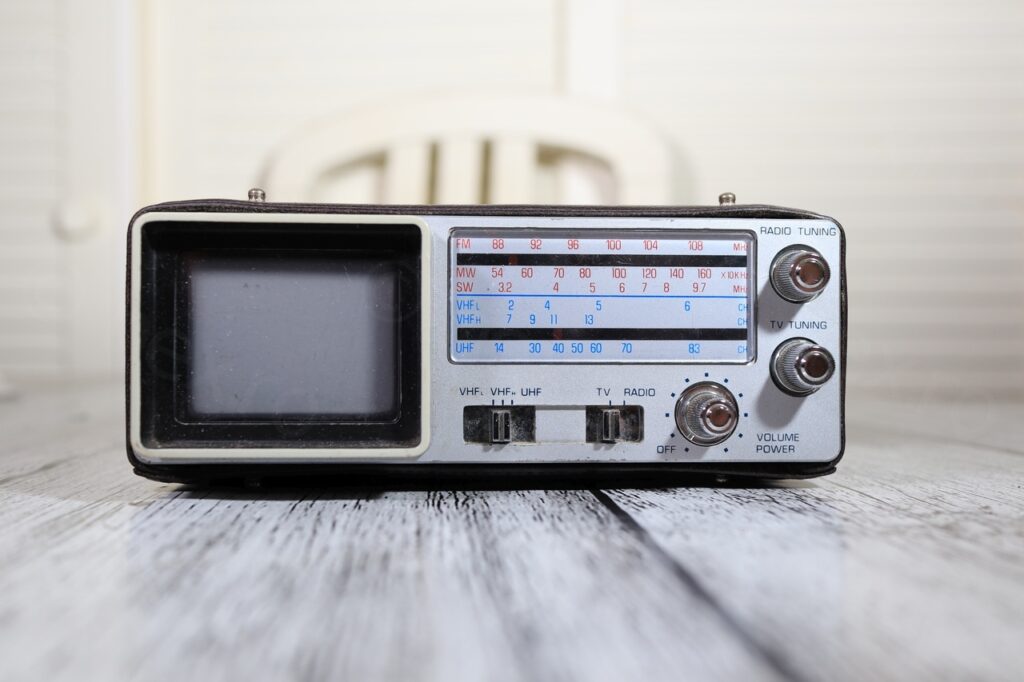
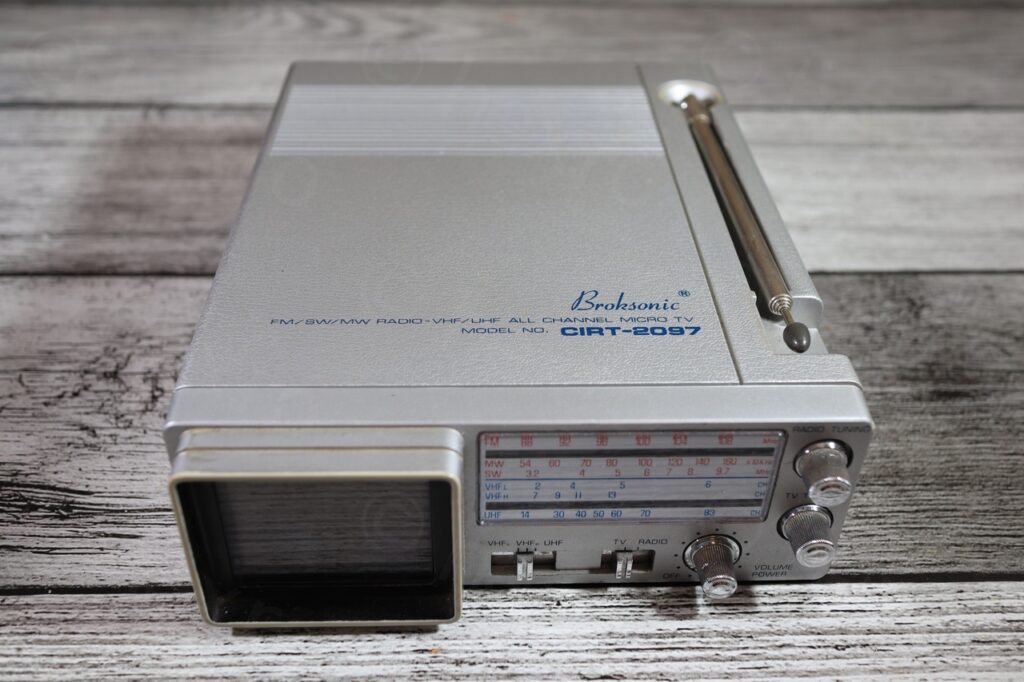
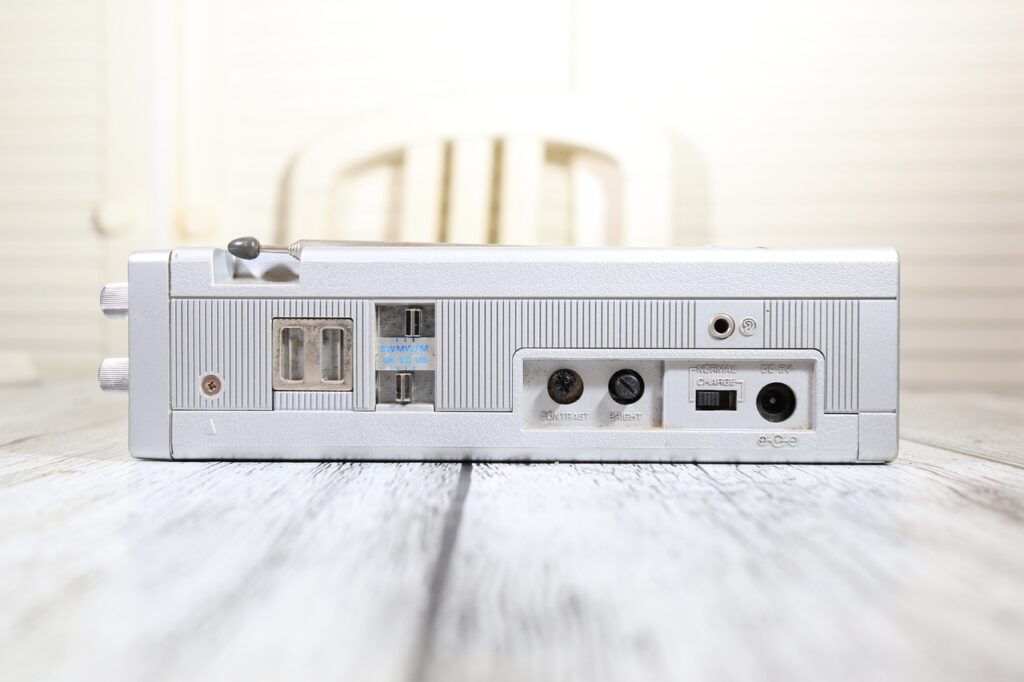
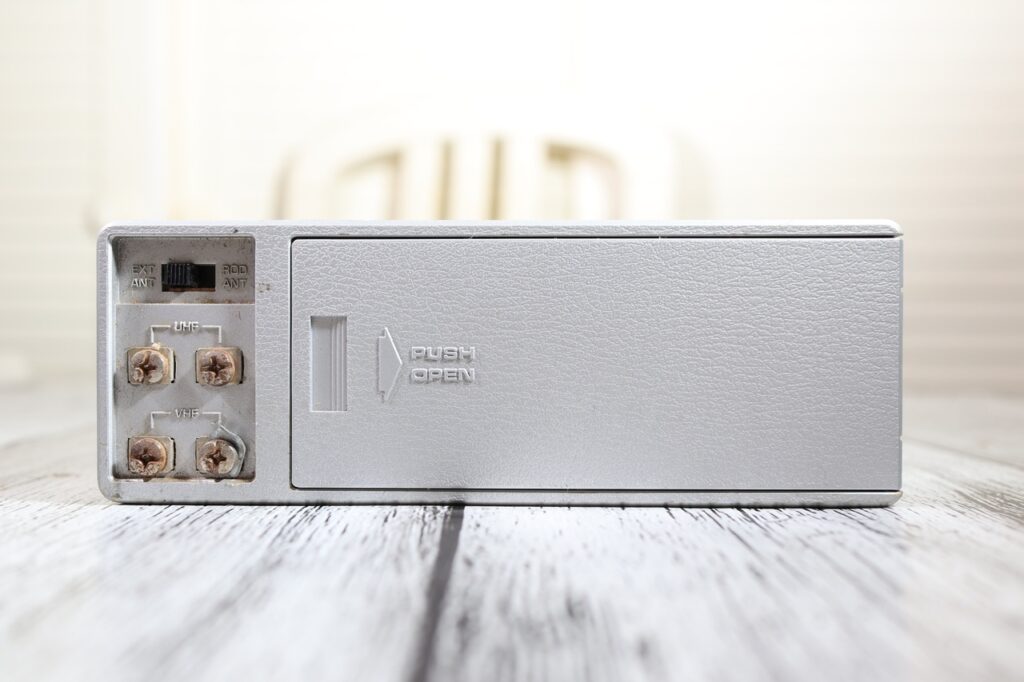
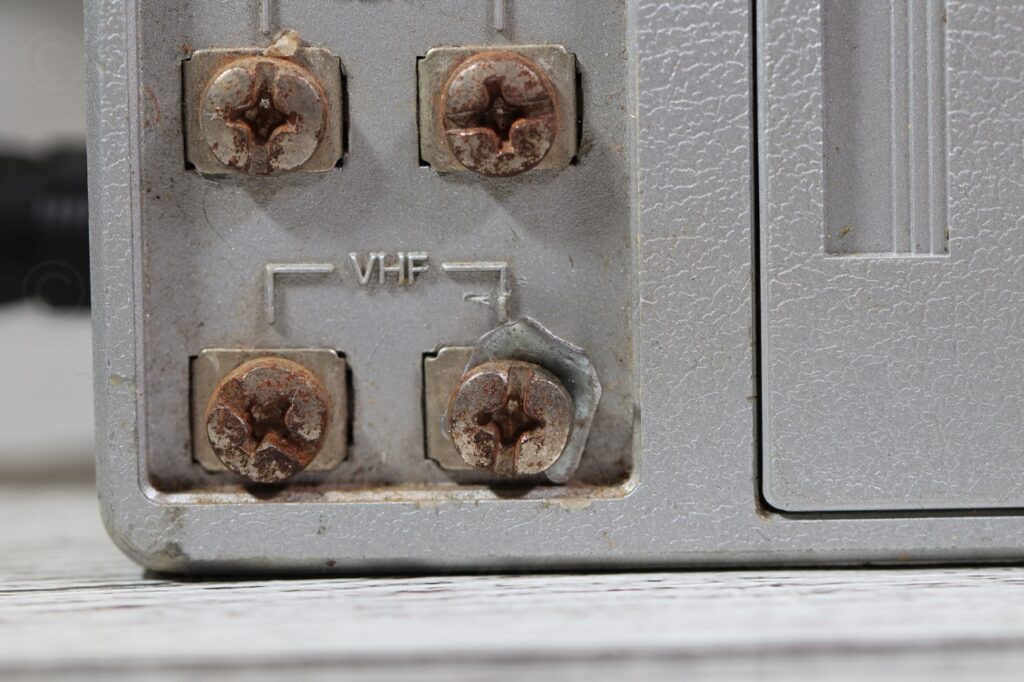
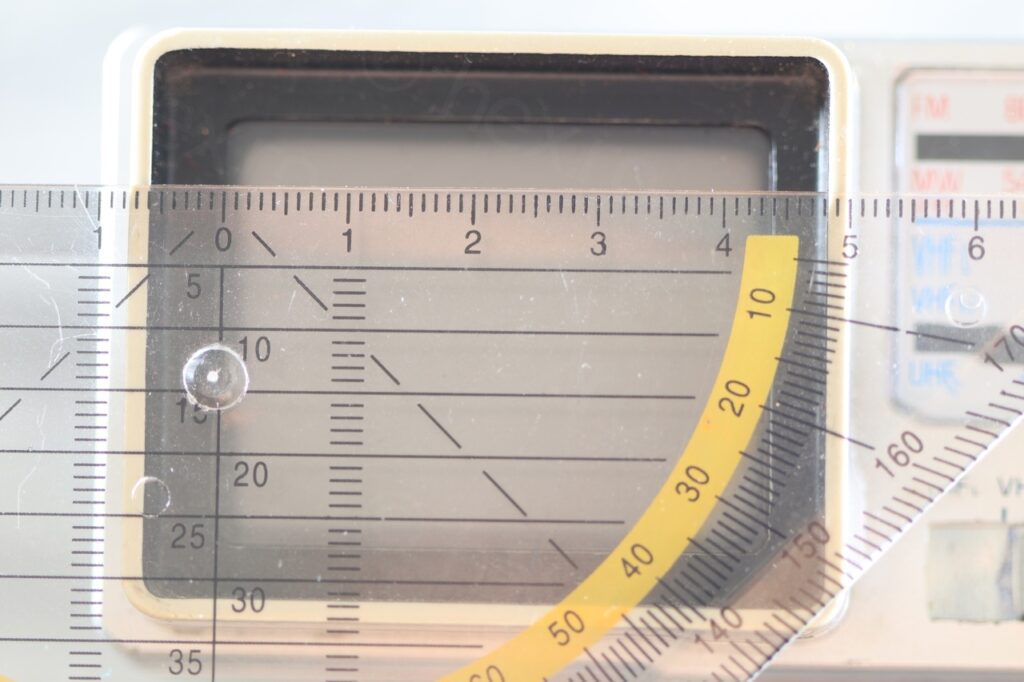
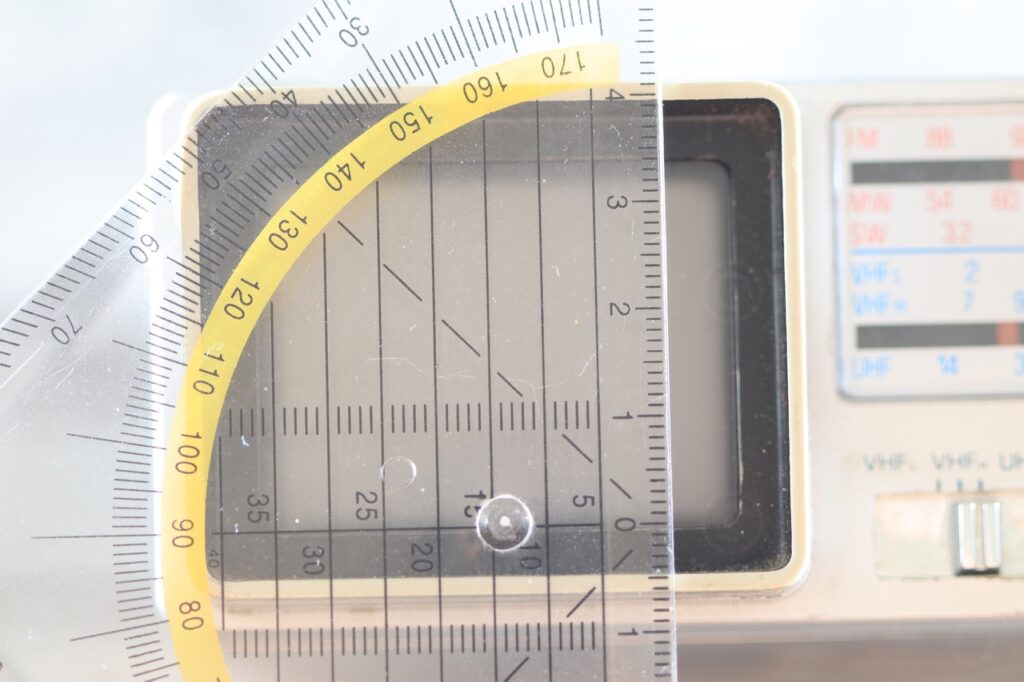
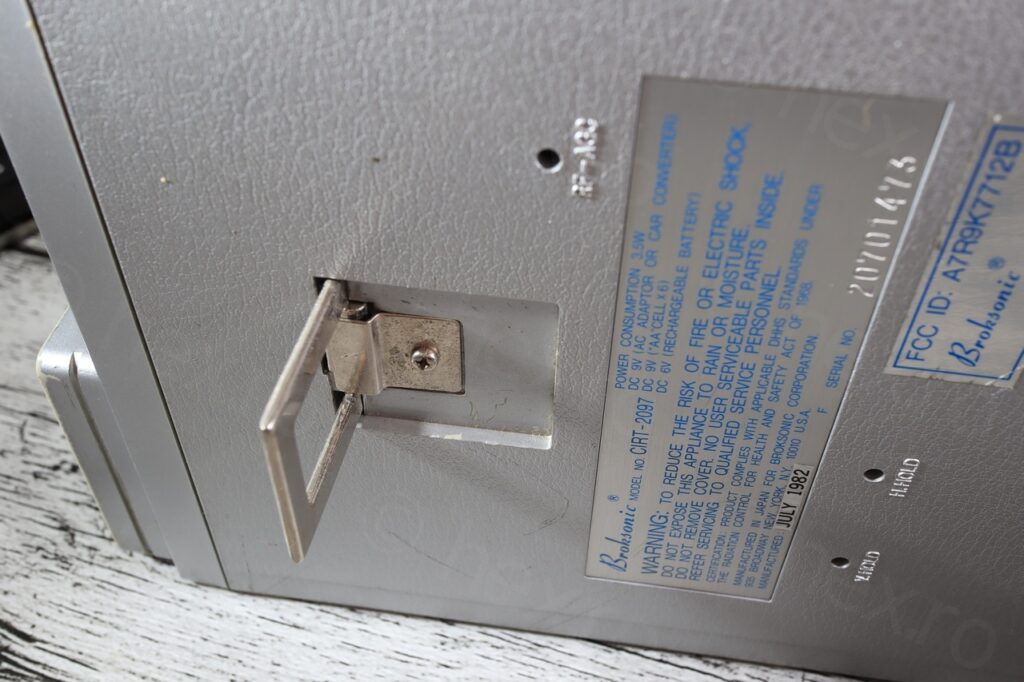
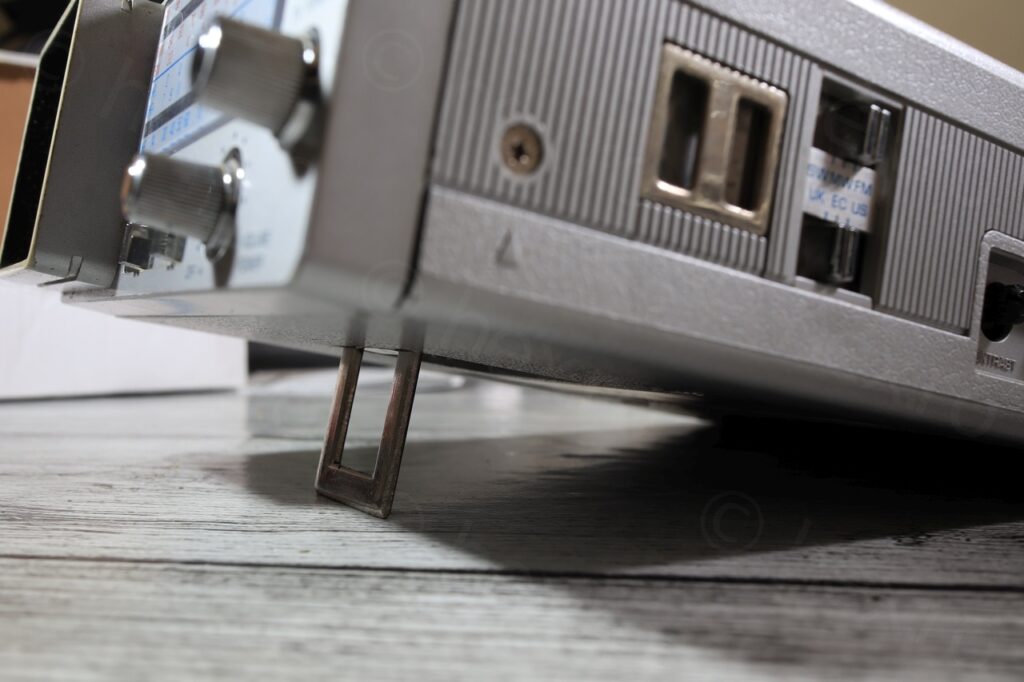
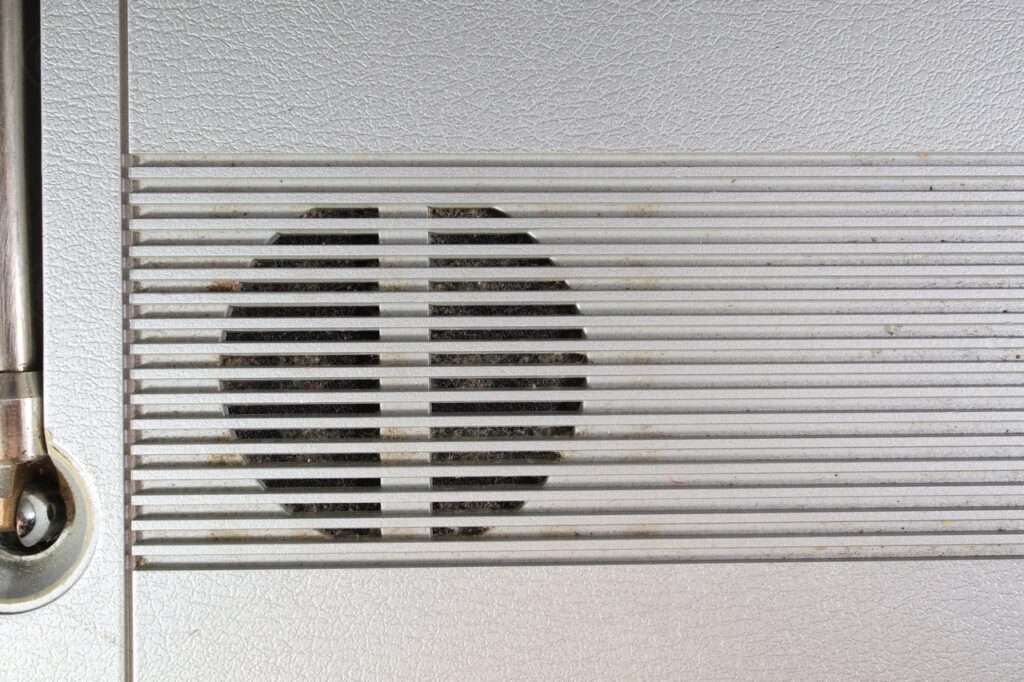
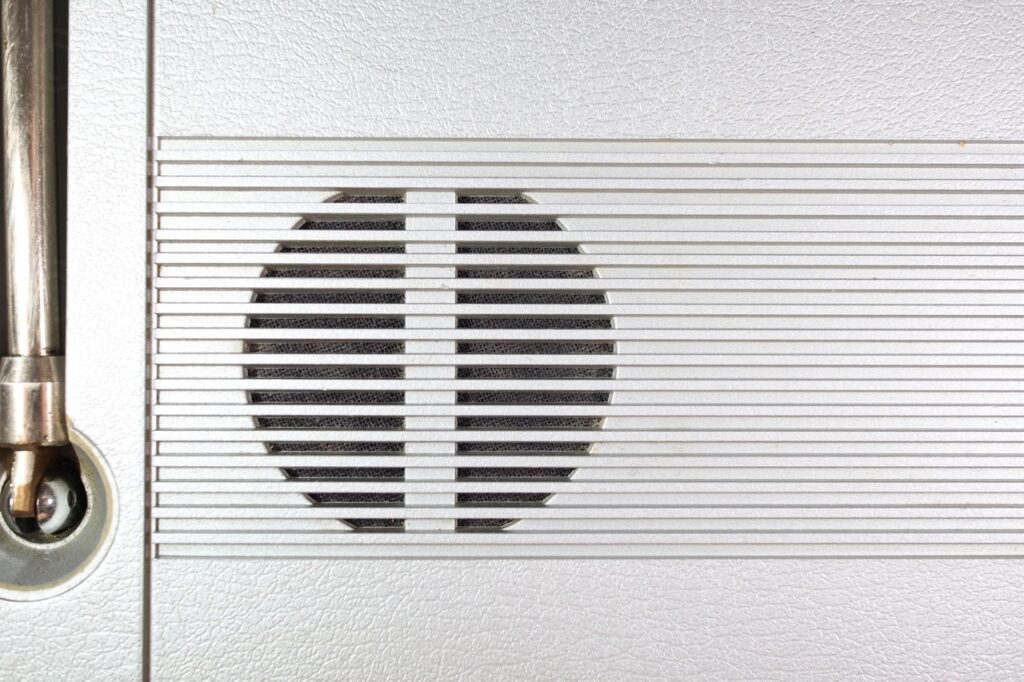
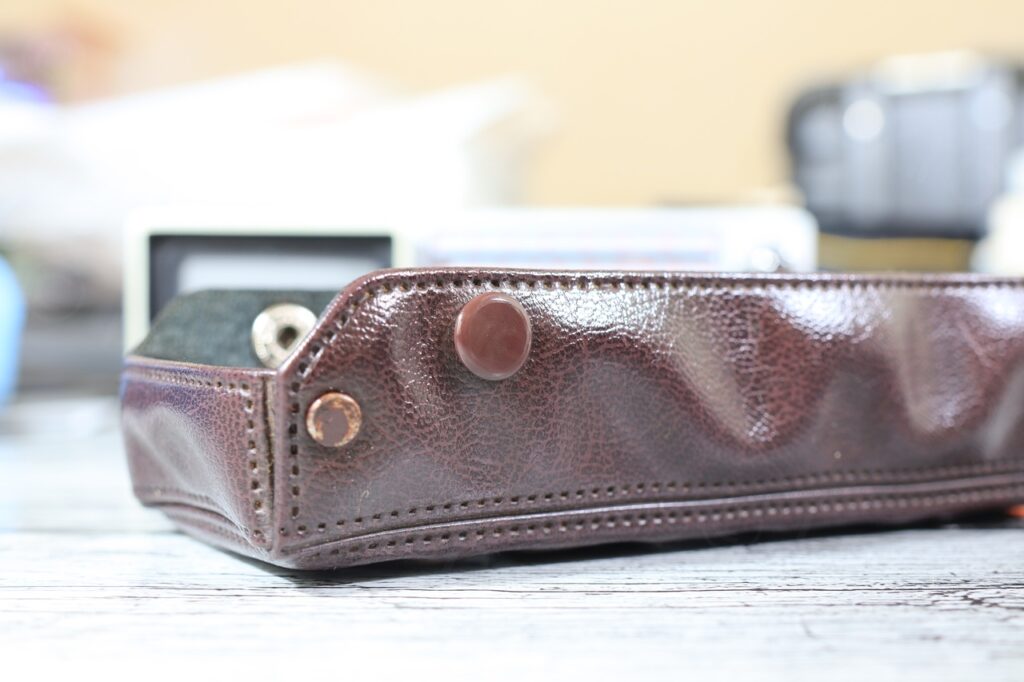
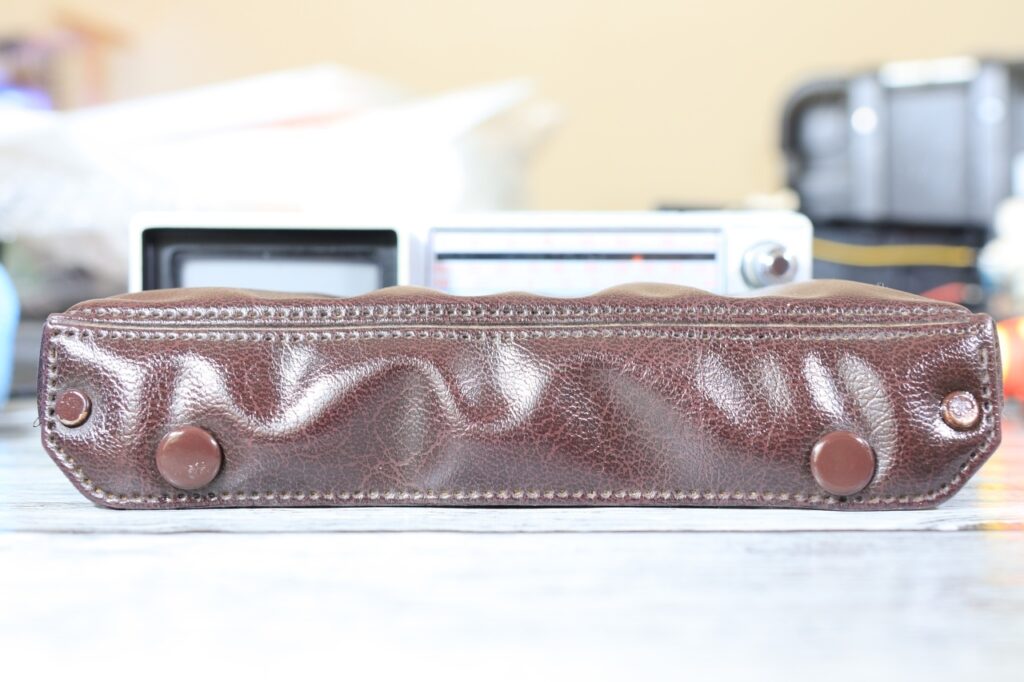

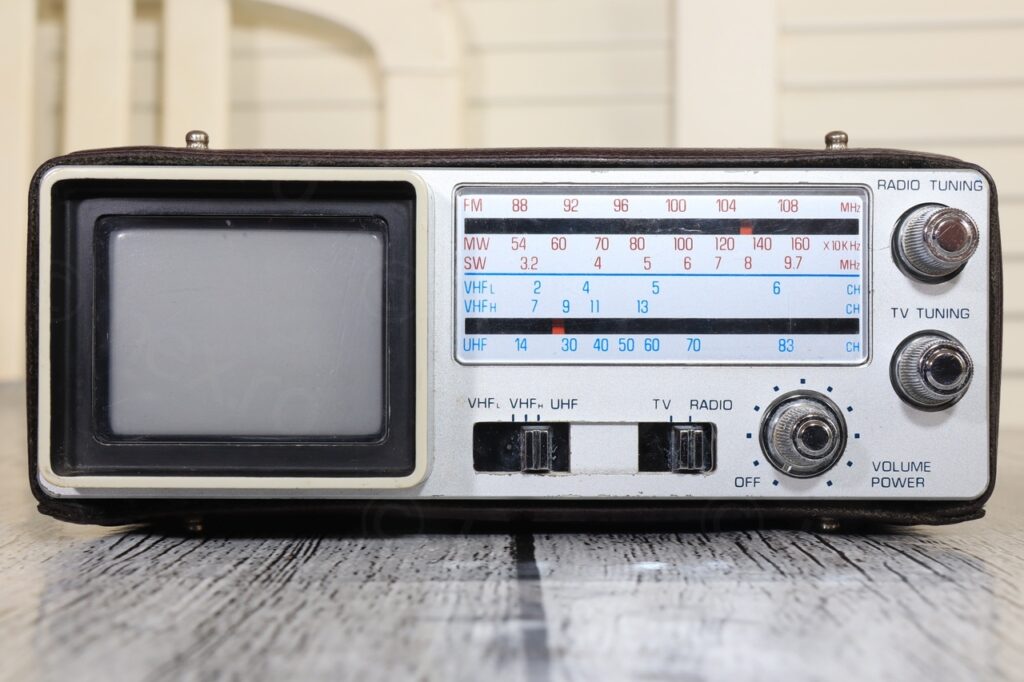
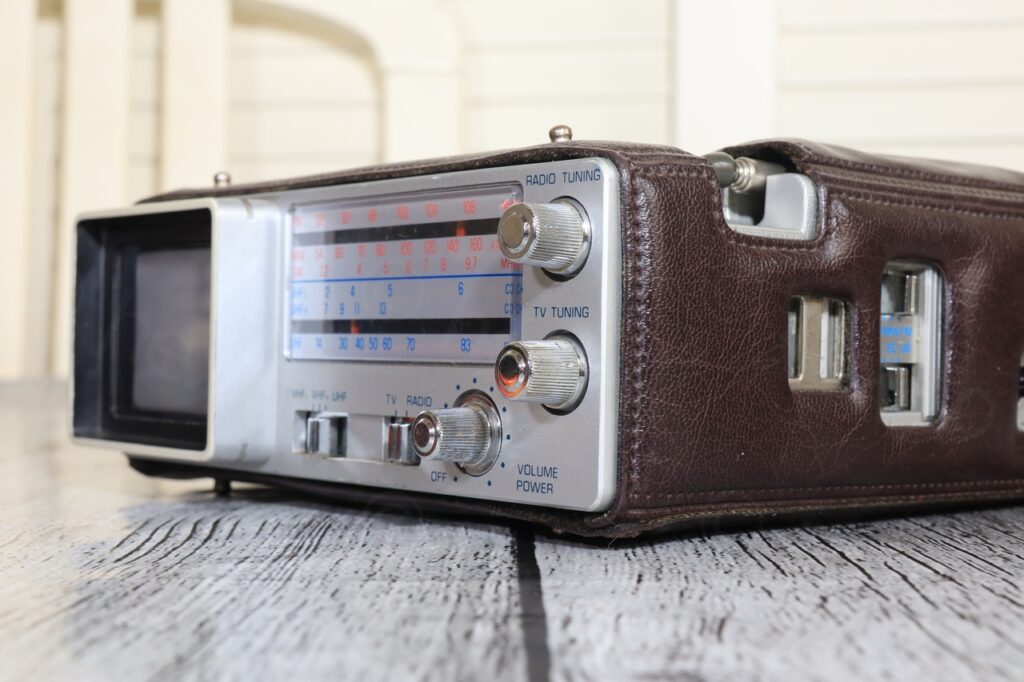
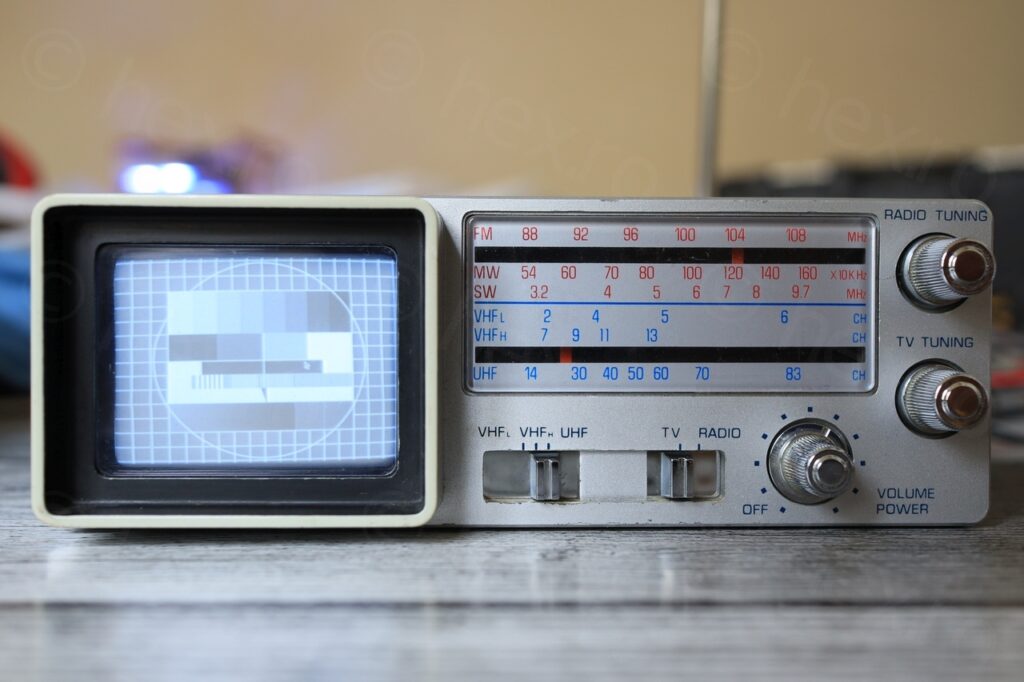
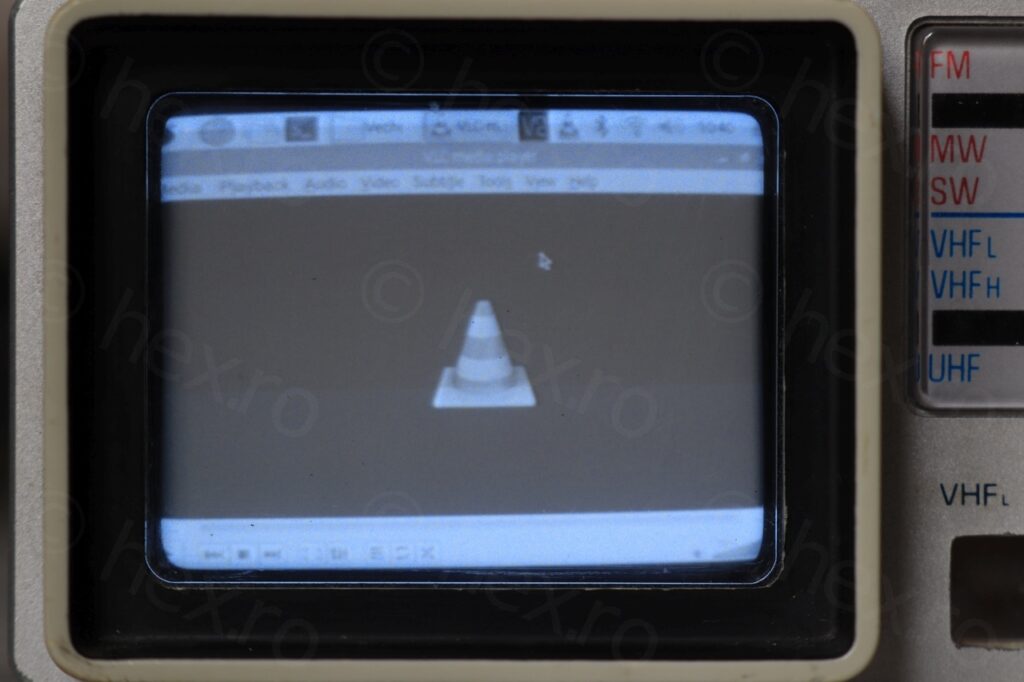

Gioacchino Alessio
Ottima recensione , molto dettagliata Grazie
Sandy K.
Hi Viulian nice find !
I found the same model at a flea market and was wondering with what kind of magic did you manage to connect a arduino (?) to the TV ?
Is it thanks to the modulator ?
I always wonder if it was possible to play videos on TV/Radio *__*
viulian
Hello,
I think my post may be unclear, but I used a Raspberry PI3 (if you ever used a Raspberry PI, you would recognize the desktop). Not an Arduino. The magic you speak of is an RF modulator. It that takes any composite video signal and converts it into an ‘Antenna’ signal – which the TV can recognize.
The RF Modulator is mentioned in the post above, search for “Digital Full Band” and you will find the link (this TV requires specific audio settings on the modulator, you will see them above).
Thus, with a Raspberry PI , Audio / Video cables for the PI and the Digital Full Band modulator – you can have any video on the analog TV!
Sandy K.
Hi Viulian
Thanks for your kind answer !
I’m sorry I confused arduino with raspberry ! haha
So I used the HDMI RF modulator Model : HDM69, thinking it was a smart move, and connect it to my Raspberry Pi3.
I try to connect the raspberry to an old AKAI TV/radio with the modulator.
I see that the radio reacts to my connection, but I can’t get an image despite all my attempts by modulating the MHz and to synchronize TV/radio and modulator.
Would you have any idea what’s preventing the connection ?
The best result I manage to achieve is a “No signal” message haha
viulian
It is impossible to know without seeing, so many things can go wrong …
I’d try the old approach, changing 1 thing at a time. Did you try exactly the same setup, but with a different TV that has an Antenna input ?
Or, using an old gaming console (or a Sinclair Spectrum) – something that has an RF output and is known working – to confirm that the AKAI Tv can receive RF input ?
Sandy K.
I wrote you too quickly !
I had to turn on the modulator, then the TV and finally the raspberry.
In that order, everything worked perfectly…
It’s beautiful I love it ! It’s totally thanks to you 🙂
I didn’t try to run a video with the sound yet, hope I will be as successfull as you !
viulian
Excellent news 🙂 congratulations!
Without anything connected to HDMI port (or with the modulator turned off, and not responding on the HDMI cable), the RPi boots to Composite Video. If you want to make sure that you will always have HDMI output independent of the Modulator being ON, changes are needed to
/boot/config.txt: https://forums.raspberrypi.com/viewtopic.php?t=305019Sandy K.
Hi Viulian
That’s a good idea! But it seems that transformers have no problem connecting directly with HDMI in any order of connection now. But, without changing anything in the setup, I had the unpleasant surprise to see the next day that the image, although sharp, is completely distorted.
I tried it on another TV/radio and the result is the same; I tried the Raspberry PI 3 on a regular TV screen and there was no problem; It doesn’t seem to be the cables either. Do you think the problem could come from the modulator itself ?
Also there is an afterimage even when the TV/radio is disconnected from the modulator. It’s the first time I’ve worked with radios, it’s very exciting but it still seems very mysterious to me!
Kind regard